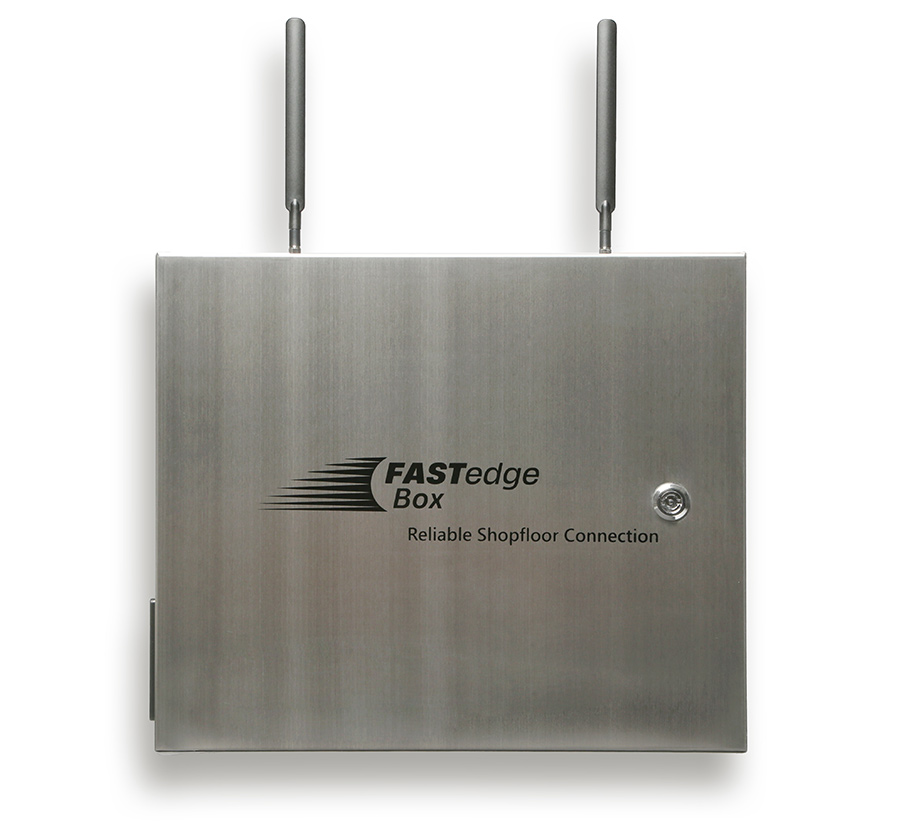Are you about to introduce a system for the digitalization and sustainable optimization of your production? The Manufacturing Execution System (MES) FASTEC 4 PRO forms the foundation for data-based decisions and the resulting optimization measures. Various company departments and employees are involved in the project to ensure a successful system implementation. These include plant and production management, production employees, IT and, if applicable, the works council. In order to best prepare you for the tasks ahead, we have created a guide for you. It should help you to successfully put your project into action.
10 Steps to the Successful Introduction of a Software Solution for your Production!
- Be Open to New Ideas – Previous Working Methods must be Questioned: Everyone involved in a new solution in the company should be open to change. To do this, it is helpful to be clear about what exactly you want to improve in your current way of working. In this way, the benefits can be clearly identified.
- Create Capacity – Doing Project Management “By the Way” Takes an Unnecessarily Long Time: The introduction of a new production system is comprehensive. In order to create acceptance among employees, you should allow sufficient time for the completion of tasks. Otherwise, the project steps will be unnecessarily delayed and frustration will increase.
- Form a Project Team – Stakeholders Identify with the Solution: Teamwork makes the dream work – this also applies here. After all, the success of a project is also largely dependent on the motivation of the people who work on it every day. It is important that everyone involved is included.
- Turn Those Affected into Stakeholders – Change Management is Important: New solutions always go hand in hand with change. This also means that working methods and processes change. Such a change should not only be well communicated, but also professionally supported. Deal with objections and convince the critics.
- Set Goals – or Else You Will Lack a Common Thread: Where should the journey lead? You should be clear about what you want to achieve and communicate it to th team. This not only helps to define the first steps in the project, but also gives everyone involved orientation.
- Prioritize Requirements – the Greatest Needs Must Be Satisfied First: When implementing a project of this size, it is essential to prioritize tasks. You should therefore proceed step by step and start with the most important ones.
- Form Sub-projects – Successful Stages Promote Motivation: The first small successes create a good atmosphere in the team and increase motivation for the rest of the project. It therefore makes sense to recognize every milestone reached.
- Choose the Right Partner – Cooperation Is Essential: In addition to all internal preparations, the provider with whom you implement the project is crucial. As every production environment is unique, you should look for a good combination of costs, future viability, individuality in implementation, functionality and interface expertise.
- Stick to the Project Plan – Regular Controlling Manages Proactively: Always keep an eye on your schedule and regularly check how well you are adhering to it. The project plan should be realistic and include buffers for complex tasks. In the event of unplanned delays, you can take preventative action and thus implement the entire project efficiently.
- Calculate the Investment – the Cost-Benefit Check Must Fit: When will the investment in a new software solution pay for itself? You can find the answer to this question by calculating the return on investment (ROI). Regardless of which system you choose, your benefits should match your costs. You can find our expert paper on ROI calculation here.








